Visit our showroom : 6 Royan Place, Bayswater North, Victoria 3153
Visit our showroom : 6 Royan Place, Bayswater North, Victoria 3153
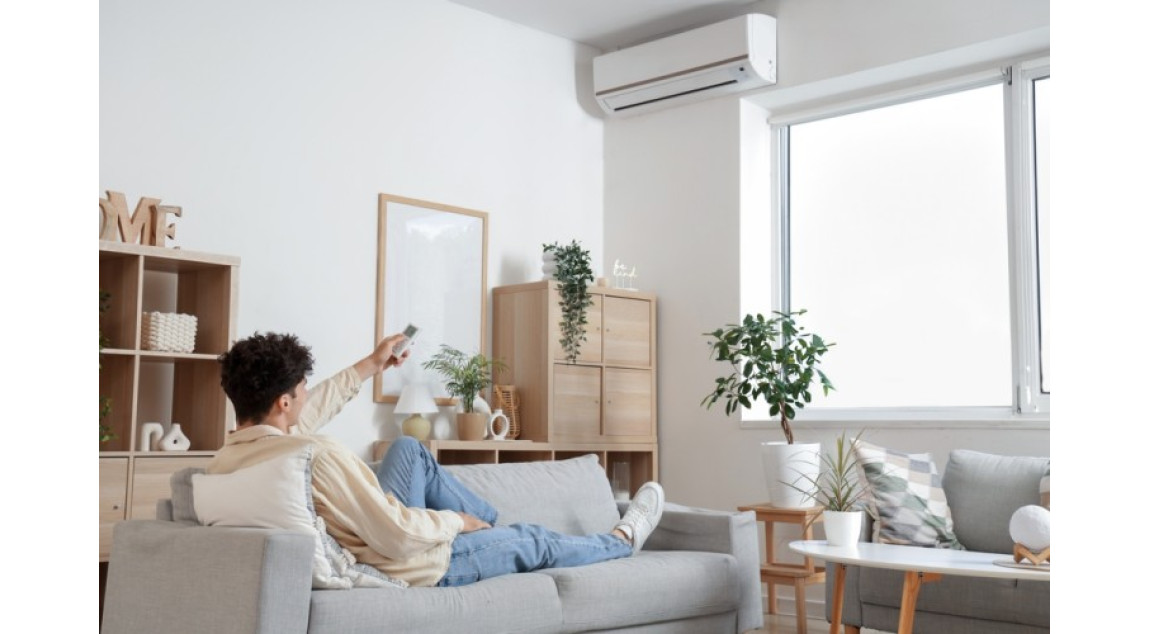
As we swelter through another hot summer, cooling systems play an even more important role in our day-to-day lives than ever. However, not everyone is lucky enough to have a reliable form of cooling at home. The good news is that there are many great options available!
Both options have their strengths, and what works best for you depends on factors like climate, budget, and how you like to cool your space. With that in mind, it’s time to break down the details so you can make an informed choice!
From bushfires to flooding and temperature records, we’re all witness to an Australian climate that’s becoming more unpredictable than ever before.
According to figures released by the CSIRO, “8 of the 9 warmest years on record have occurred since 2013.” As a result, all of us are having to adapt to warmer summers and if you find yourself without a reliable cooling system, the heat can really take its toll.
With rising temperatures pushing many households to their limits, a reliable air conditioning system is essential for staying comfortable through the hottest months. Newer models are also far more energy efficient, as well as equipped with power saving modes and Sensor technology that keep electricity costs down.
Evaporative cooling is a popular energy-efficient, eco-friendly option that works by drawing in hot air, passing it through water-saturated pads, and then releasing the cool air into your home. It’s ideal for dry climates and comes in several forms.
As opposed to a ducted reverse cycle cooling system (which recycles and circulates the same air), an evaporative cooling system will instead bring in constant fresh air.
Ducted evaporative coolers are whole-home systems installed on the roof, providing comprehensive cooling through a network of ducts.
Interested in ducted evaporative cooling? You’re in great hands with the Maroondah Air team. Our team can install and service ducted systems from all the leading brands.
Portable evaporative coolers are compact, mobile units that can be easily moved around and cool smaller spaces like bedrooms or living rooms.
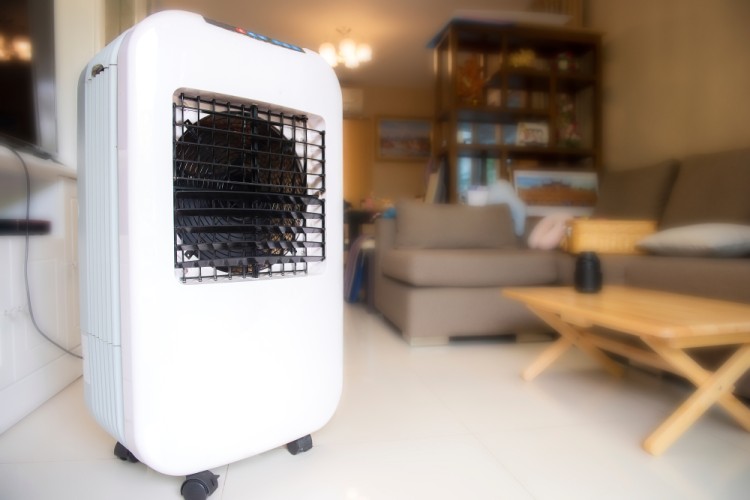
These units are installed directly into windows or walls, providing targeted cooling for specific rooms.
Up-ducted systems feature exhaust vents that push warm air into the attic, ensuring better airflow and reducing heat buildup.
A split system air conditioner is the most common choice for residential air conditioning in Australia–and this is no fluke. These systems use refrigerants and compressors to provide precise temperature control, making them highly effective even during extreme heat.
Wall-mounted split systems feature an indoor unit that cools a room while an outdoor condenser handles the refrigerant cycle.
In this case, multiple indoor units are connected to a single outdoor condenser, which provides independent temperature control for each room.
Reverse cycle ducted air conditioning is a comprehensive solution that offers both cooling and heating through a network of ducts. Unlike ducted gas, these systems run solely off electricity.
Finding the perfect option often requires you to consider a wide variety of different aspects. Here are some of the most common areas to compare:
Evaporative cooling requires frequent maintenance to clean cooling pads, check water pumps, and clean filters to maintain cleaner air. In contrast, split systems generally require less frequent servicing, with only occasional filter cleaning and refrigerant checks.
However, any form of ducted system (whether reverse cycle or evaporative) will typically require more attention.
Running off water and fan power, evaporative cooling is typically the most energy-efficient option in dry climates. However, split systems and reverse cycle ducted systems are more effective in extreme temperatures, still offering precise control over indoor climate in the depths of winter and the height of summer.
If energy efficiency is high on your list, it’s always important to check the star rating of each system. You can learn more about how to read this label here.
Evaporative cooling is more affordable to install, with systems like portable and window-mounted coolers available for less than $200 and ducted systems ranging from $4,000 to $8,000. Split systems, on the other hand, have an upfront cost between $1,000 and $7,000, with reverse cycle ducted systems being the most expensive at $8,000 to $15,000.
Please note that all of these figures can change depending on the size of your property, the brand, and the scope of features included (such as smart technology). Always check with your service provider and get a quote to receive a detailed estimate.
Evaporative cooling is generally best for dry climates, as well as summer because it does not offer heating capabilities. Split systems and reverse cycle ducted systems provide both cooling and heating, with some multi-split systems and ducted systems even offering zoning features for personalised temperature control across each room.
The decision here really depends on whether you’re after a solution for the summer time, or need a system that offers heating and cooling all year round.
Evaporative cooling is known for working well in dry heat but also has the potential drawback of being less effective in humid conditions. Split systems and reverse cycle ducted systems deliver consistent performance in all climates and provide precise temperature control, making them better suited for areas with high humidity.
Another thing to note is the noise emitted by each. While some portable evaporative coolers are noticeably noisy, many newer split systems come with whisper quiet operation, especially when power saving modes are activated.
Your decision ultimately comes down to climate, budget, and how you plan to use your cooling system. Evaporative cooling is ideal for relief during summer and offers a low-cost, eco-friendly option, but it may not be the best choice in humid conditions.
For reliable, year-round cooling and heating, split systems and reverse cycle ducted systems generally provide better performance and flexibility, albeit at a higher upfront cost. Finally, if you prefer a more discreet look, there are ducted systems available in both styles.
From evaporative cooling to split systems and ducted reverse cycle air conditioning, Maroondah Air are the go-to specialists for heating and cooling in Melbourne. We’ve been in business for more than 25 years and take great pride in operating with honesty and integrity.
Whichever system you’re after, our qualified team is here to keep you cool all summer long. Our service comes with free in-home quotes, compliance certificates and no deposit interest free payment options.
Call 03 9738 2000 and chat with an expert today!
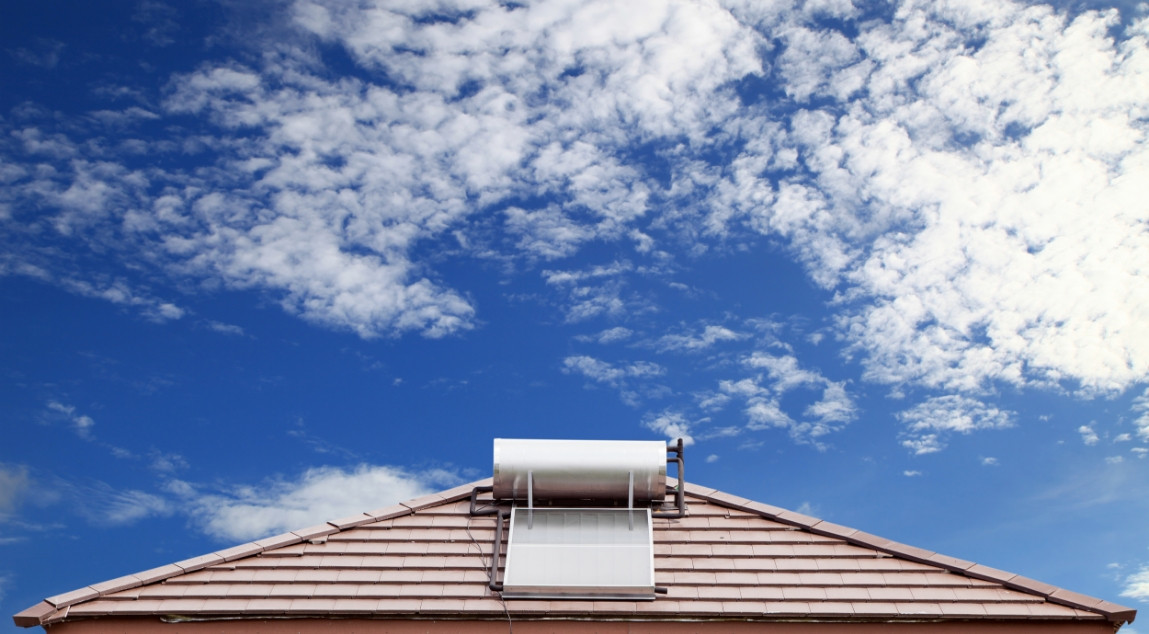
Looking to go gas free in Victoria? You’re not alone. Both on a local and national level, a major push is being made to help property owners transition away from gas based appliances and embrace more efficient carbon-friendly options. Effective Jan 1, 2024, Victoria’s Gas Substitution Roadmap will officially begin. This initiative not only aims […]
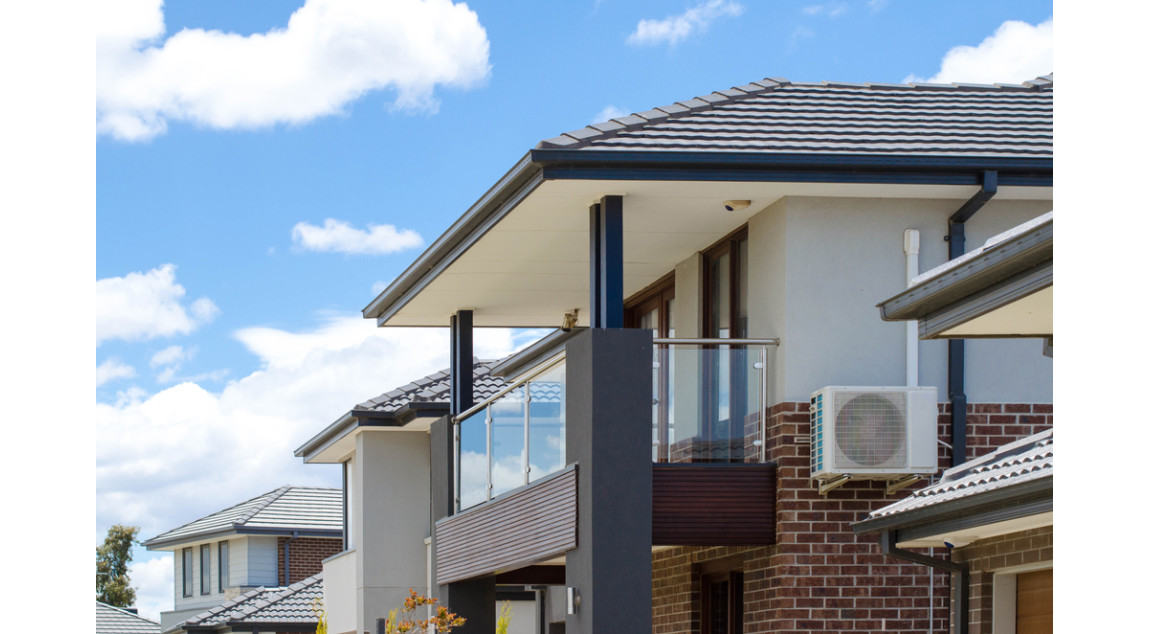
As one of Melbourne’s leading heating and cooling companies, we have some expert tips and advice to keep you comfortable and cool. From rebates to cutting edge air conditioning systems, there are various steps you can take.
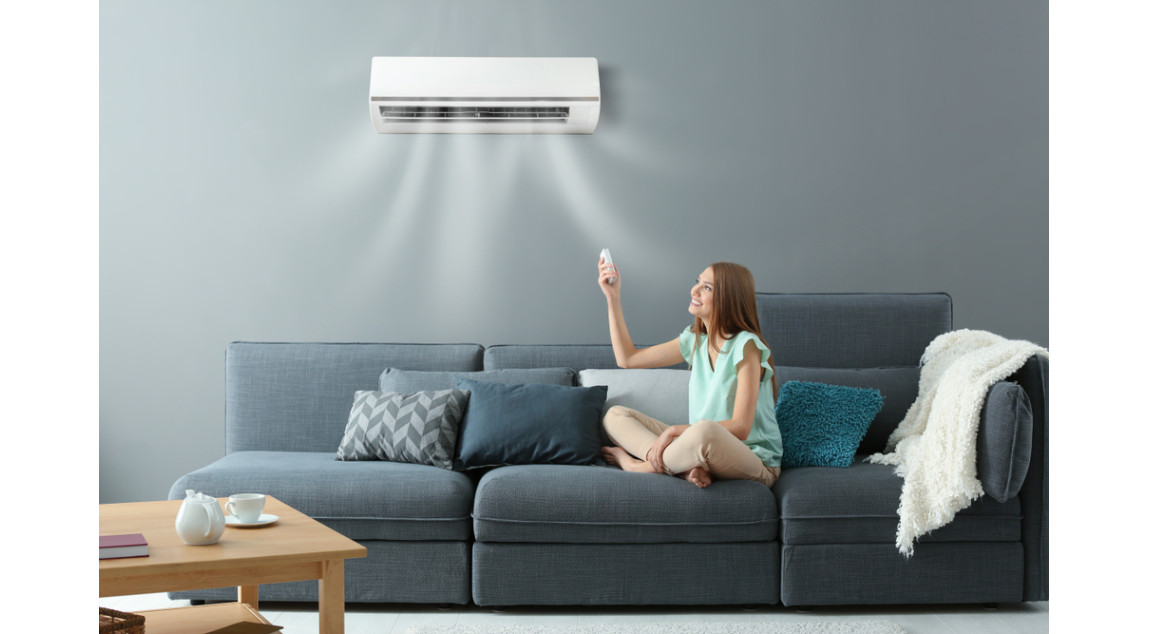
Whether you’re upgrading, fitting out a new property, or simply want to stay ready for the warm weather, we’re here to break down the best and brightest split systems available this summer.
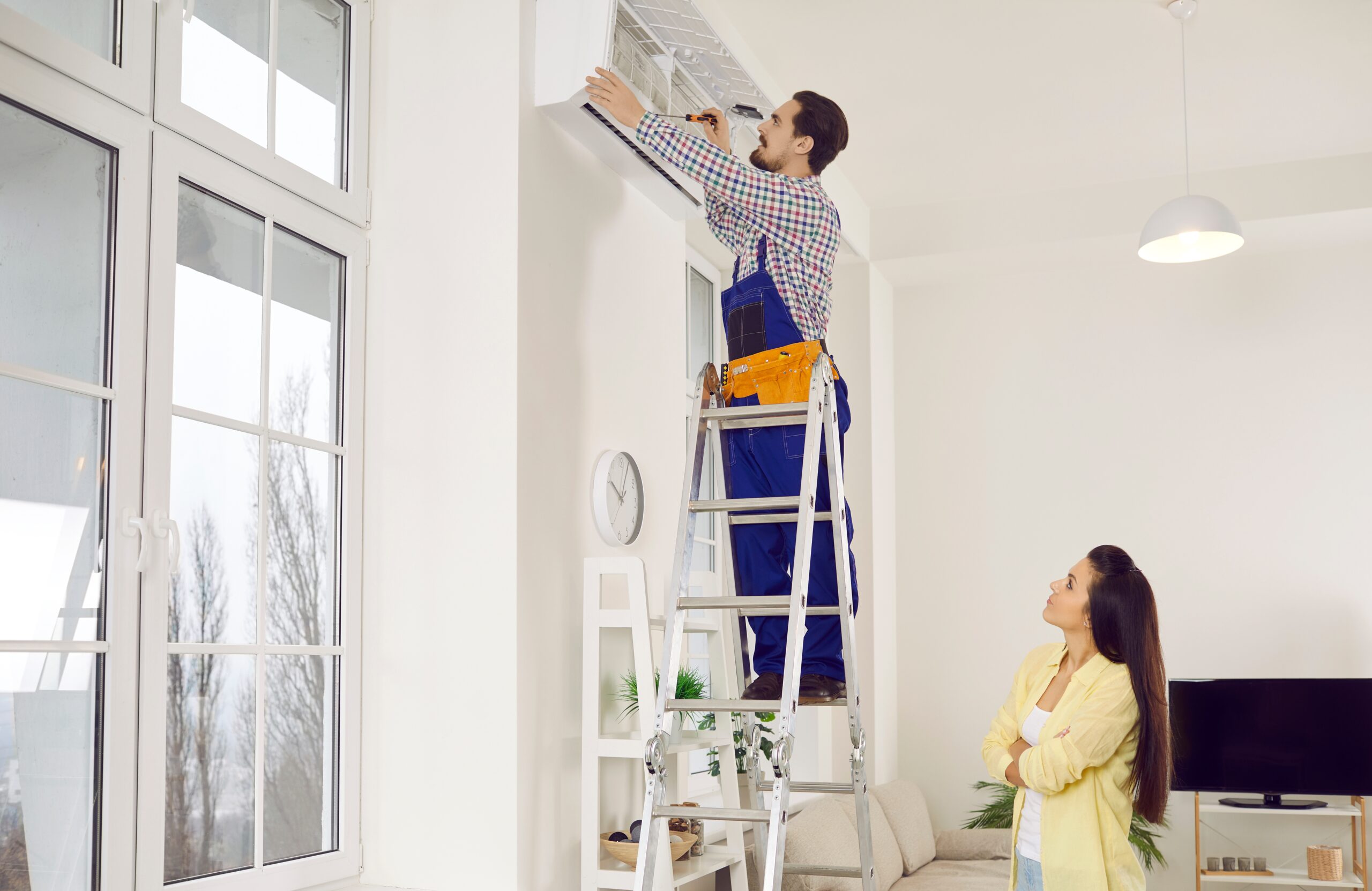
A new air conditioning system is a big investment for any home and business. While the unit and brand is an important consideration, so is the company you choose. From the initial installation to ongoing servicing and repairs, you need someone that you can trust, respect, and depend on in a crunch. These days, heating […]
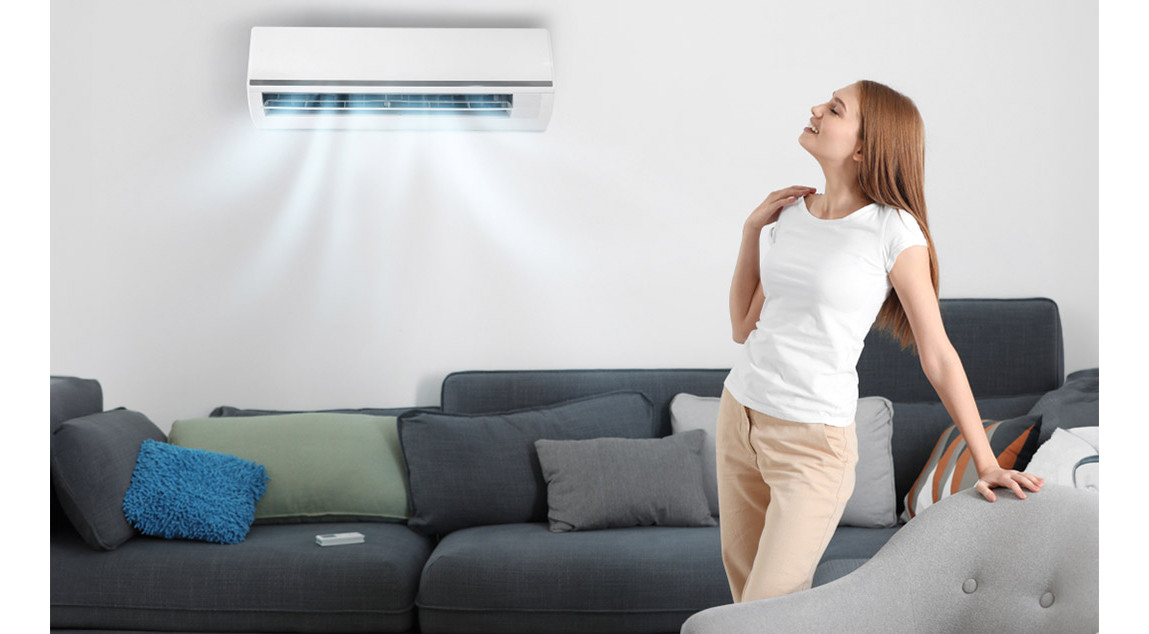
On a global level, our weather is becoming more unpredictable and extreme than ever. Australia is certainly no exception to the rule. In response, we’re all searching for ways to cope and be as comfortable as possible. Luckily, this is where split systems really fit the bill. Unless you’ve recently undertaken a renovation or bought […]
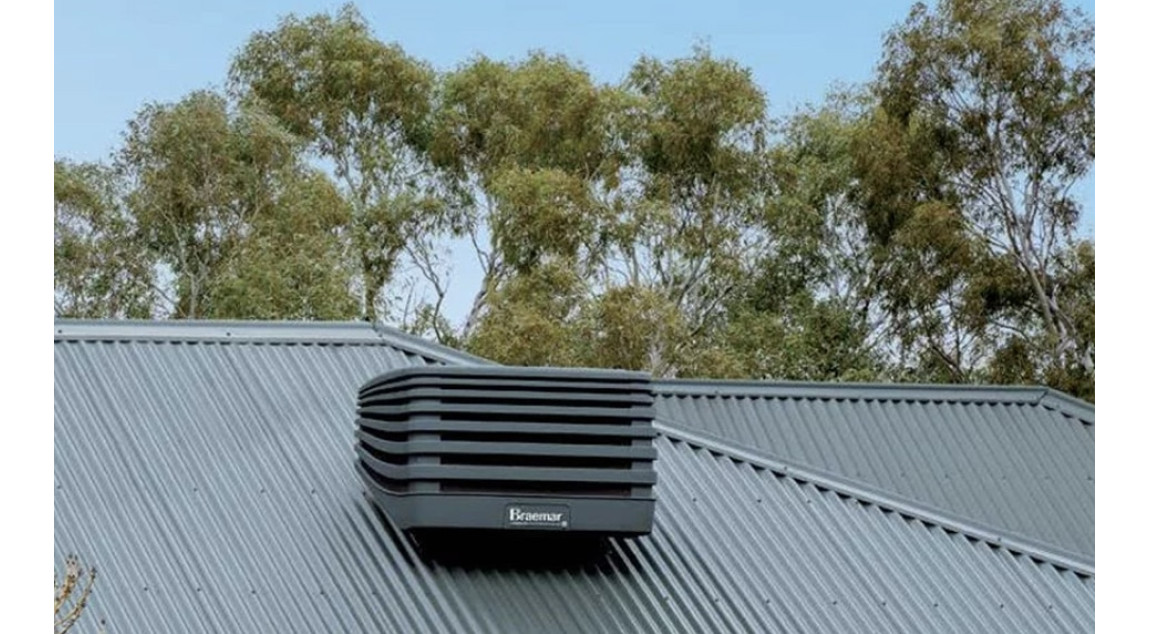
While split systems tend to get a lot of attention, there are many other great forms of air conditioning available. Today, we are going to shine a light on a highly regarded alternative–evaporative cooling systems. Often dubbed the most natural and eco-friendly form of air conditioning, evaporation coolers are available as both stand alone units […]
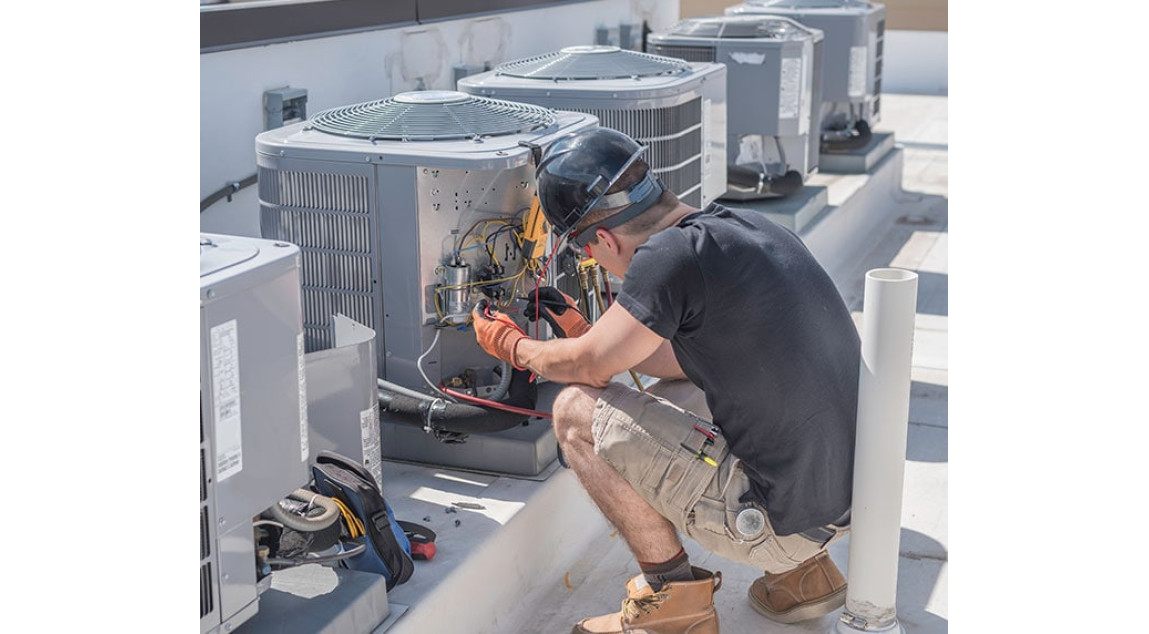
Your air conditioner won’t always last forever, but regular servicing sure helps to extend its lifespan. If you’re using the unit on a regular basis, this places a strain on all of its components, which can quickly lead to costly repairs.
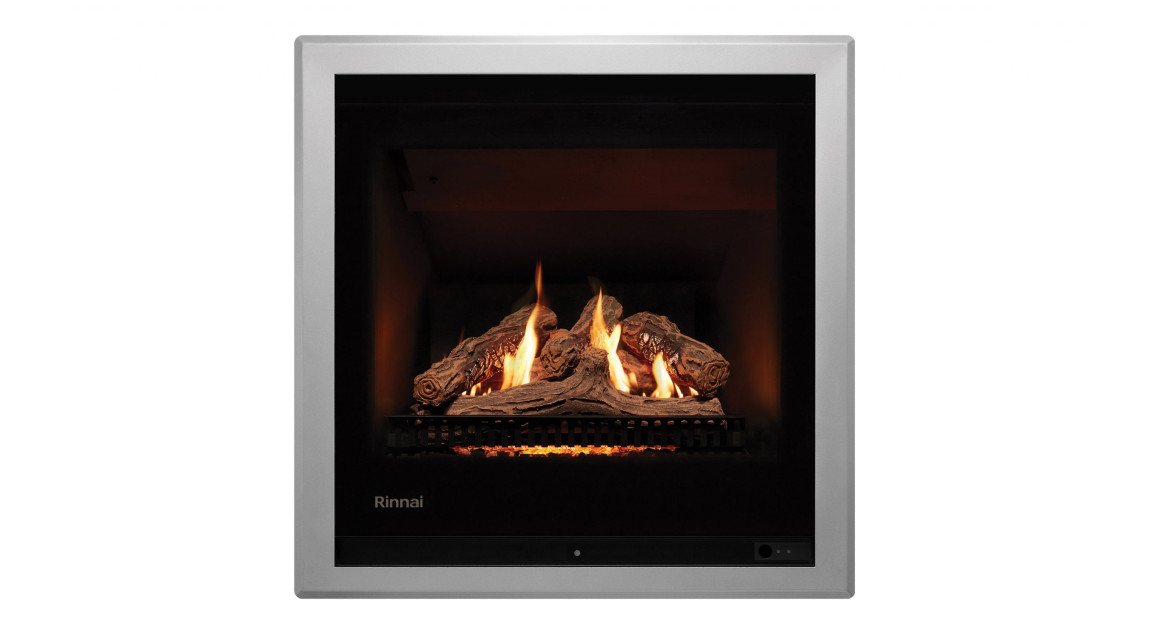
Whether you want to retrofit a gas log fire into your existing fireplace or fit one into a newly built home, there’s never been a better time to invest in a brand new Rinnai log fire. Let’s explore why right now.
Types of Rinnai Gas Log Fires
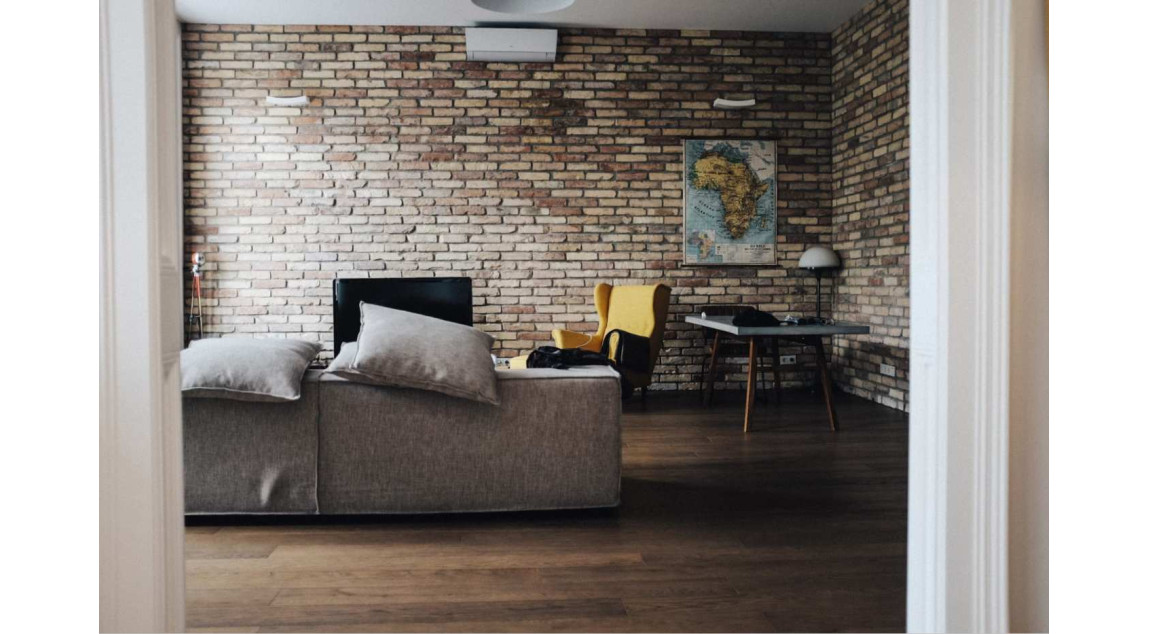
Inflation and cost-of-living pressures are undoubtedly two of the biggest challenges that Melbournians currently face. While we are unable to control the cost of petrol and supermarket items, there are some ways to cut down and save money. Today, we’re going to focus on heating and cooling and highlight some ways that you can save […]
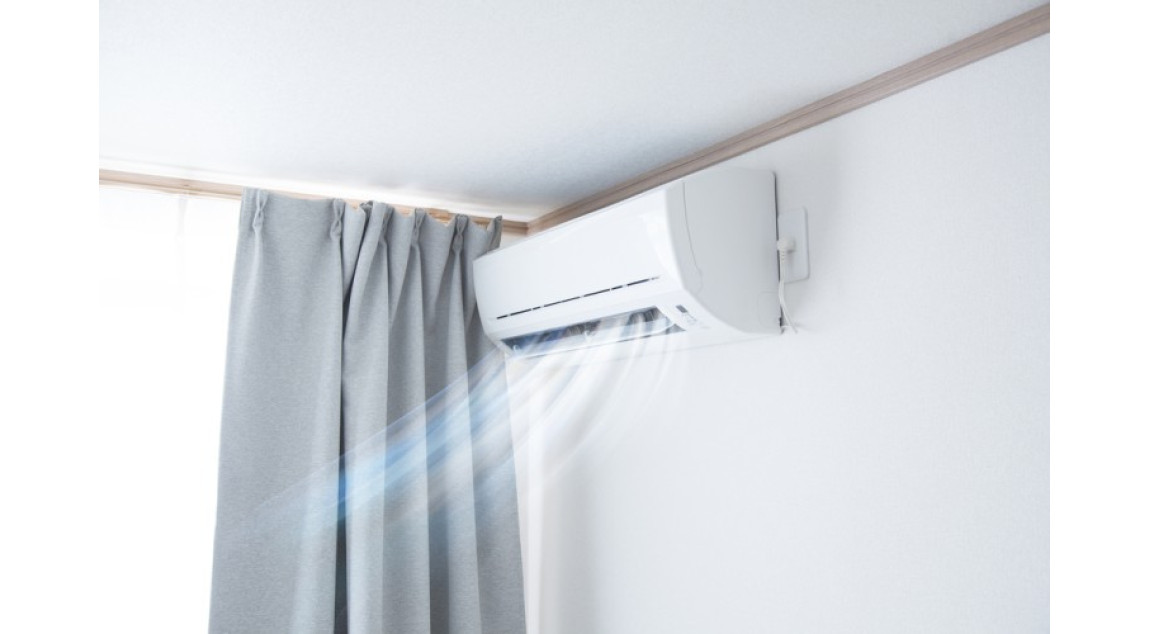
Air conditioning plays an incredibly important role in all of our lives. From home to work, shopping centres and public transport, we rely on these systems almost every day. As our need for reliable AC continues to grow, so does the capacity and functionality of modern air conditioning units. Without a doubt, split systems are […]